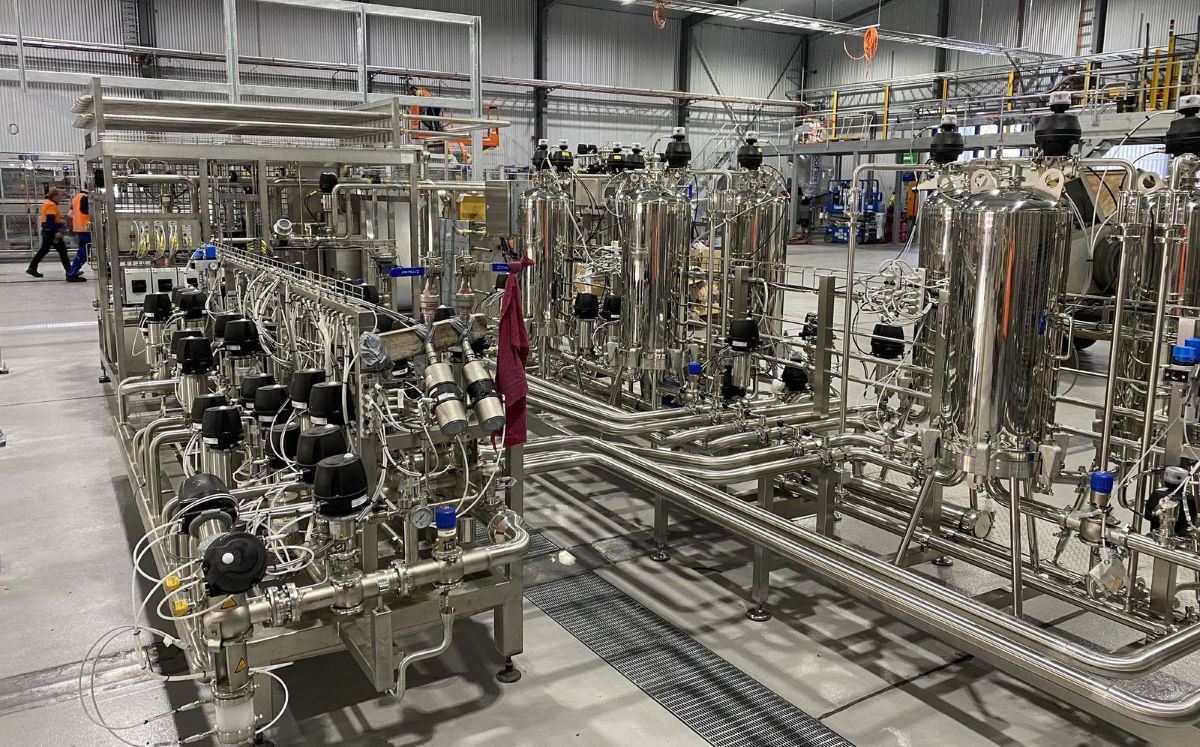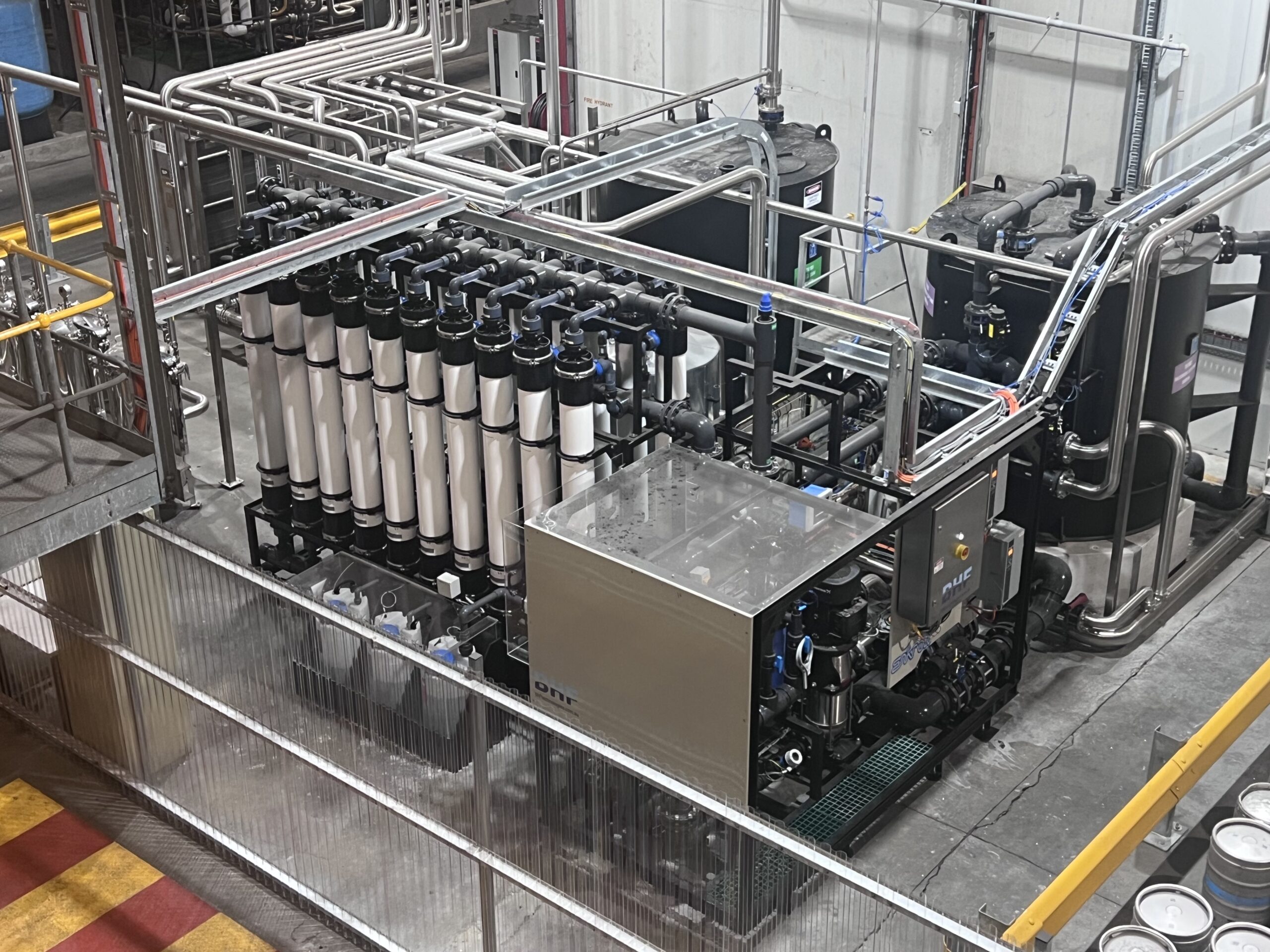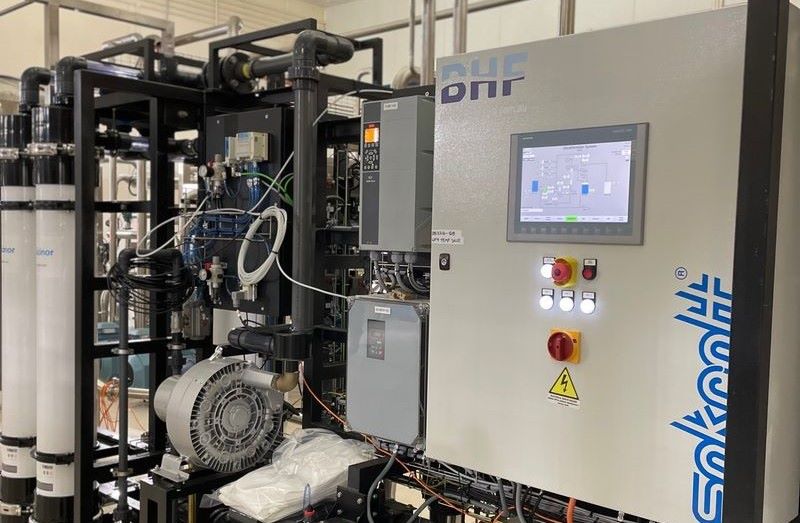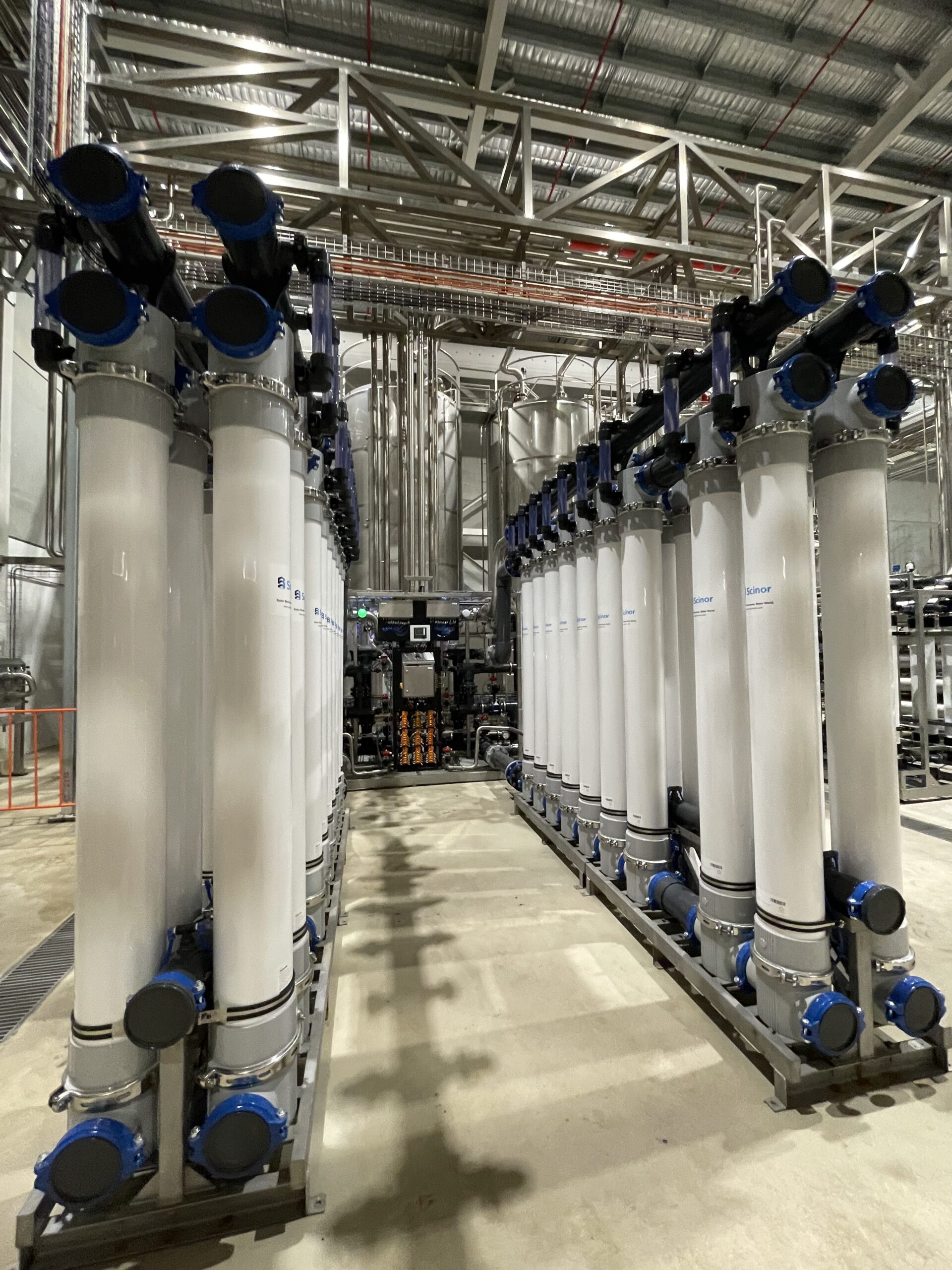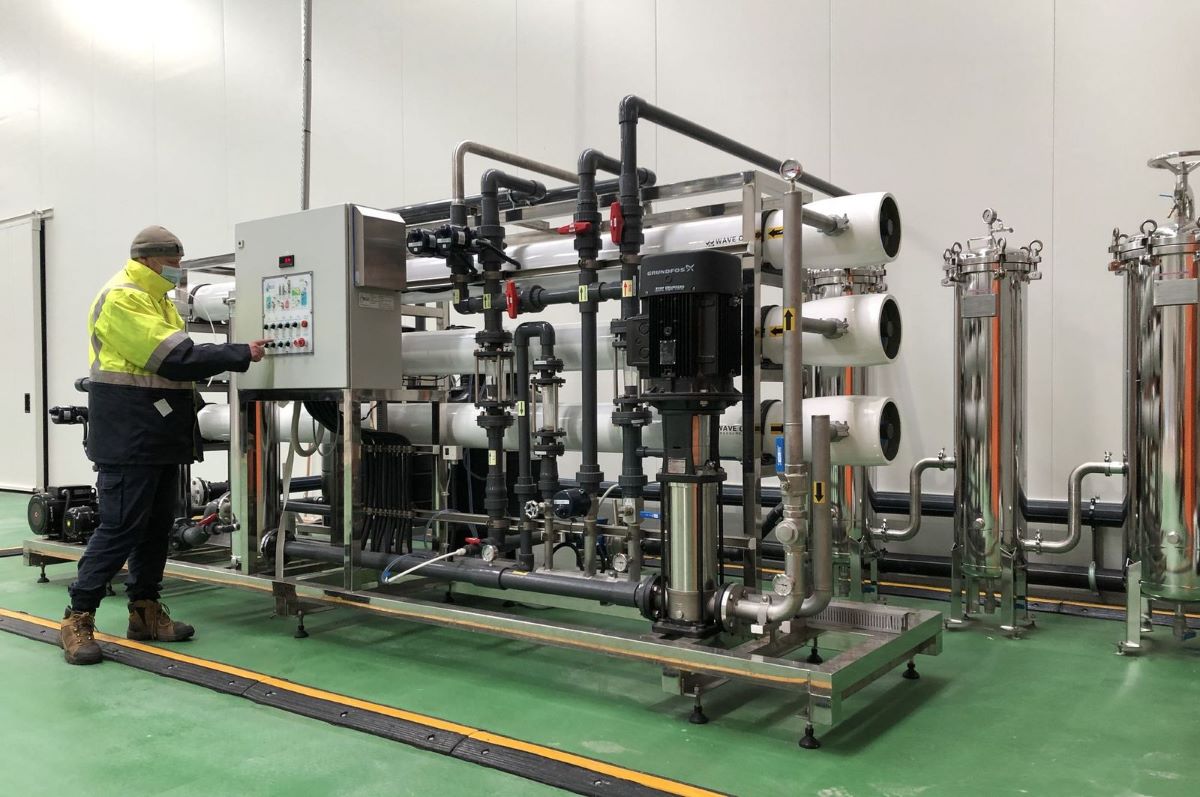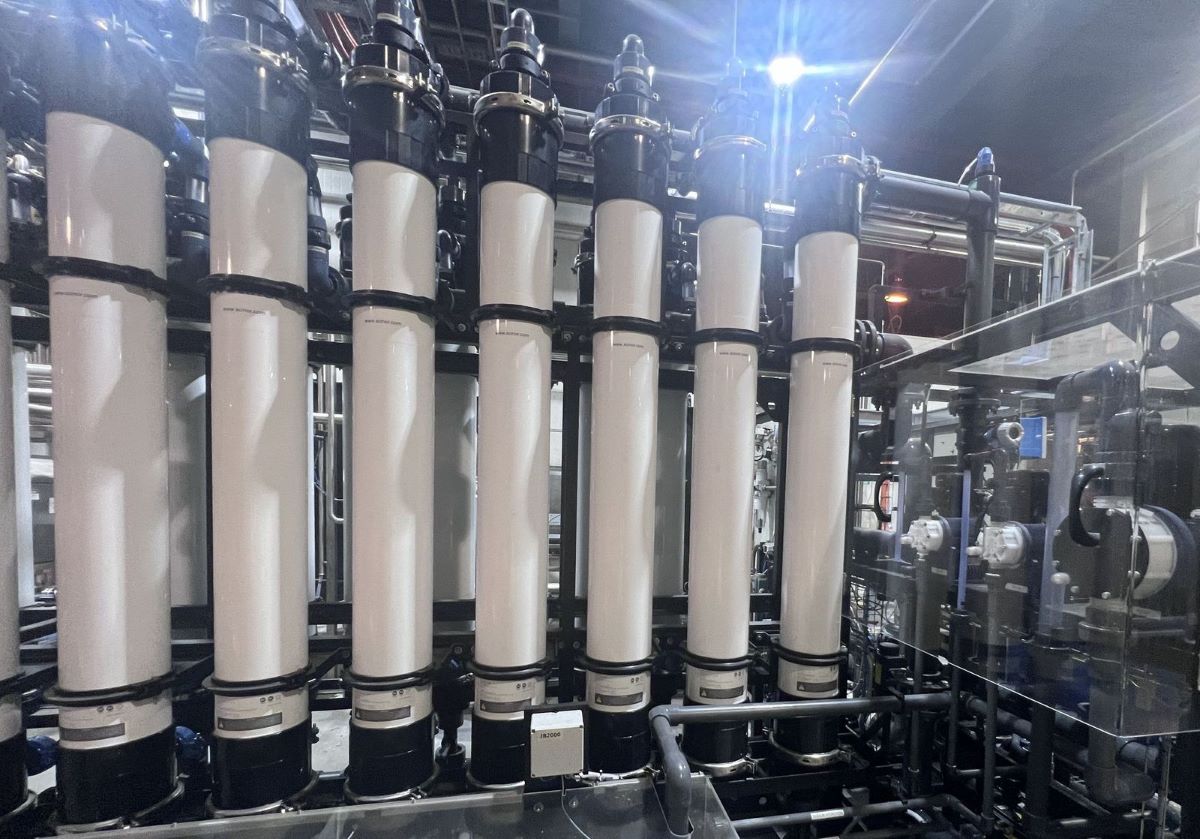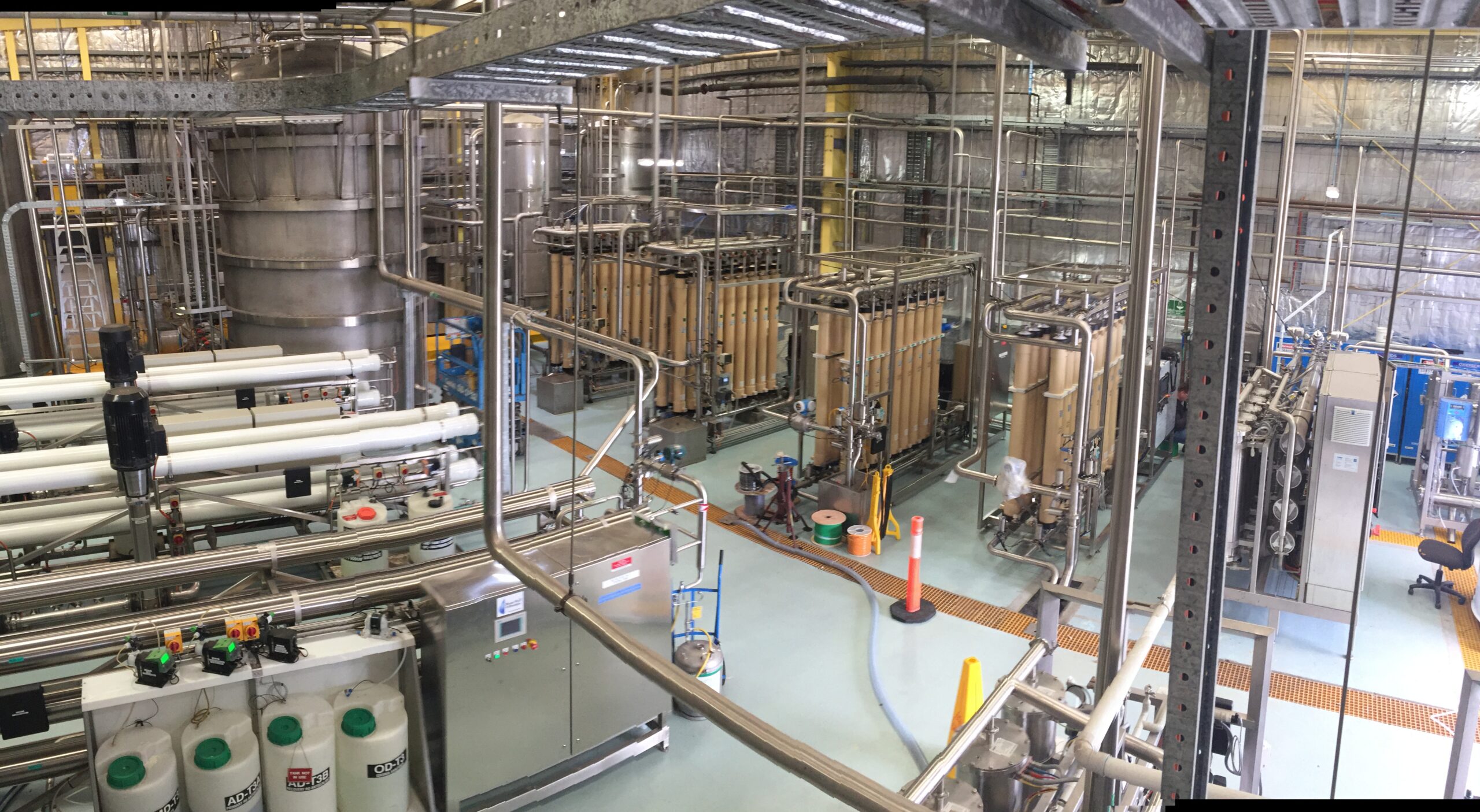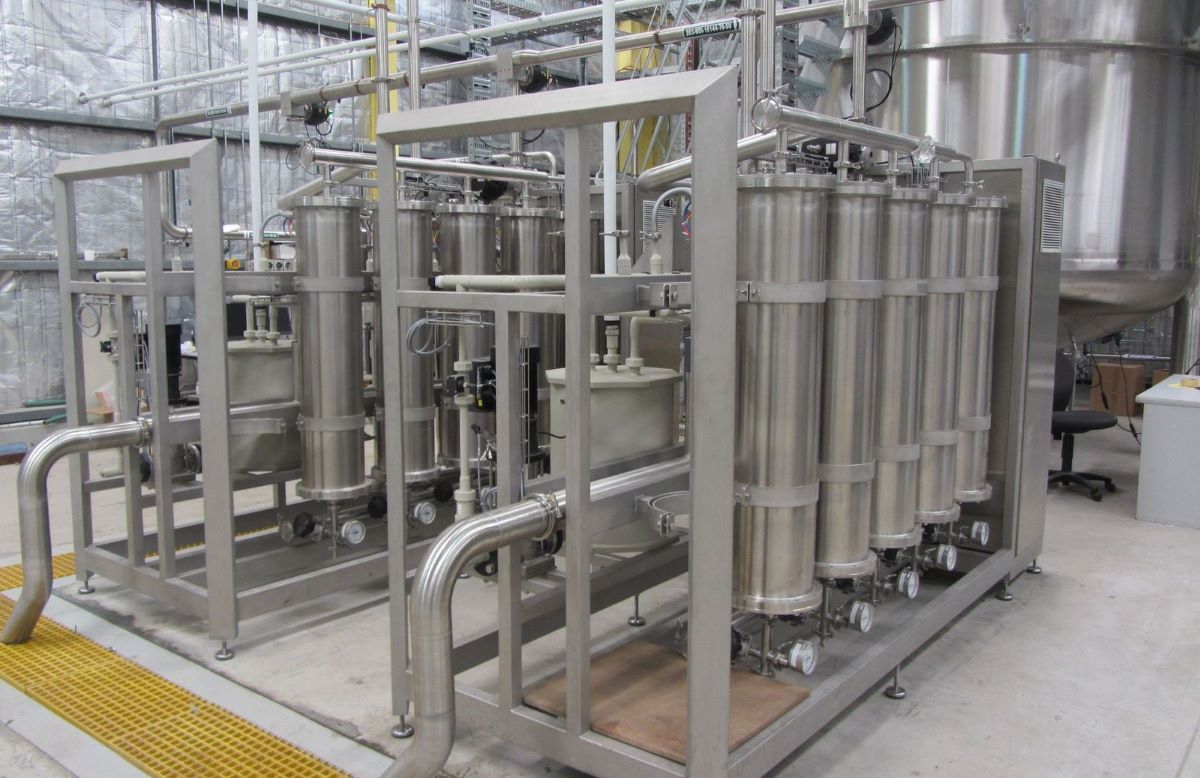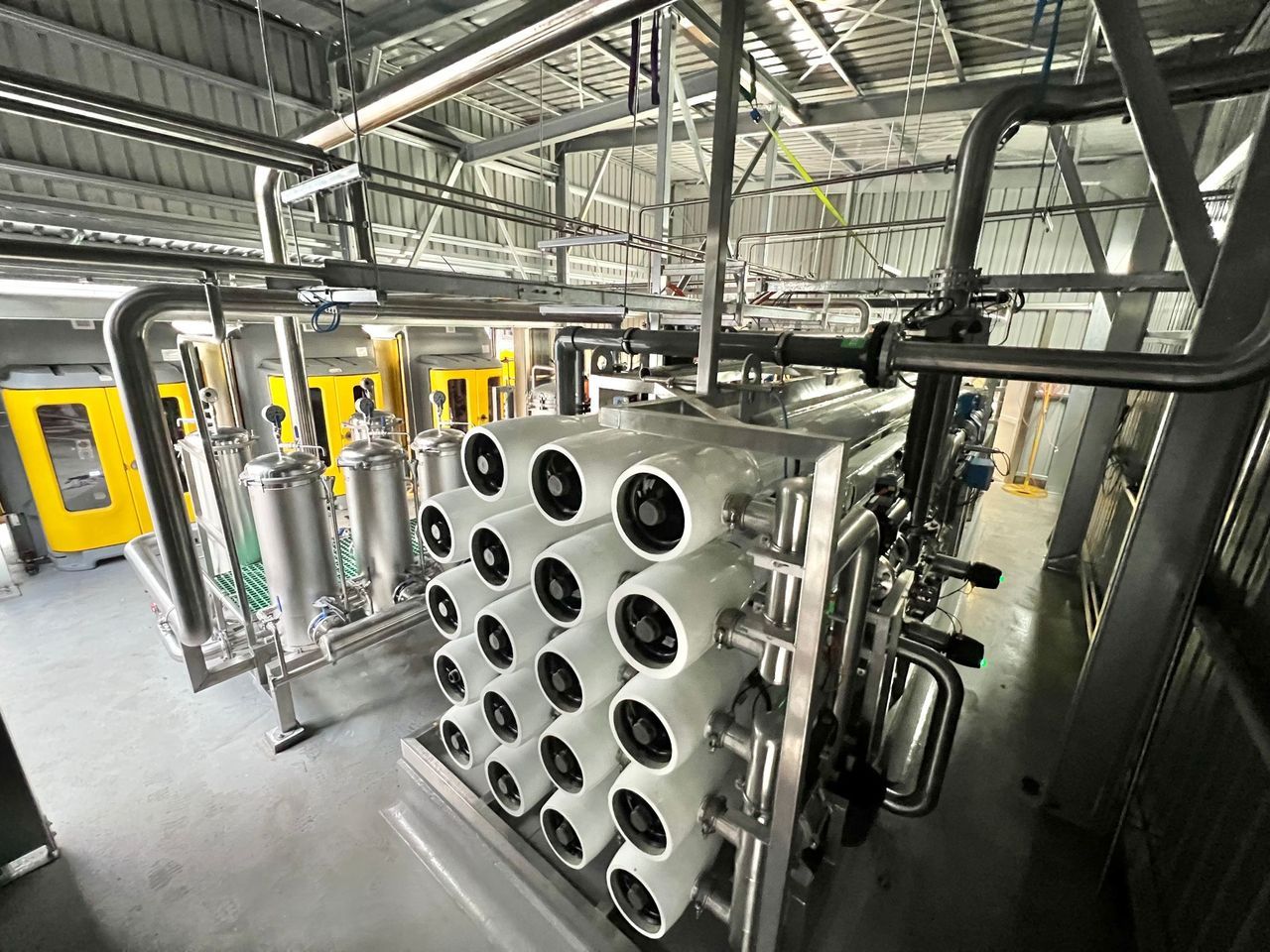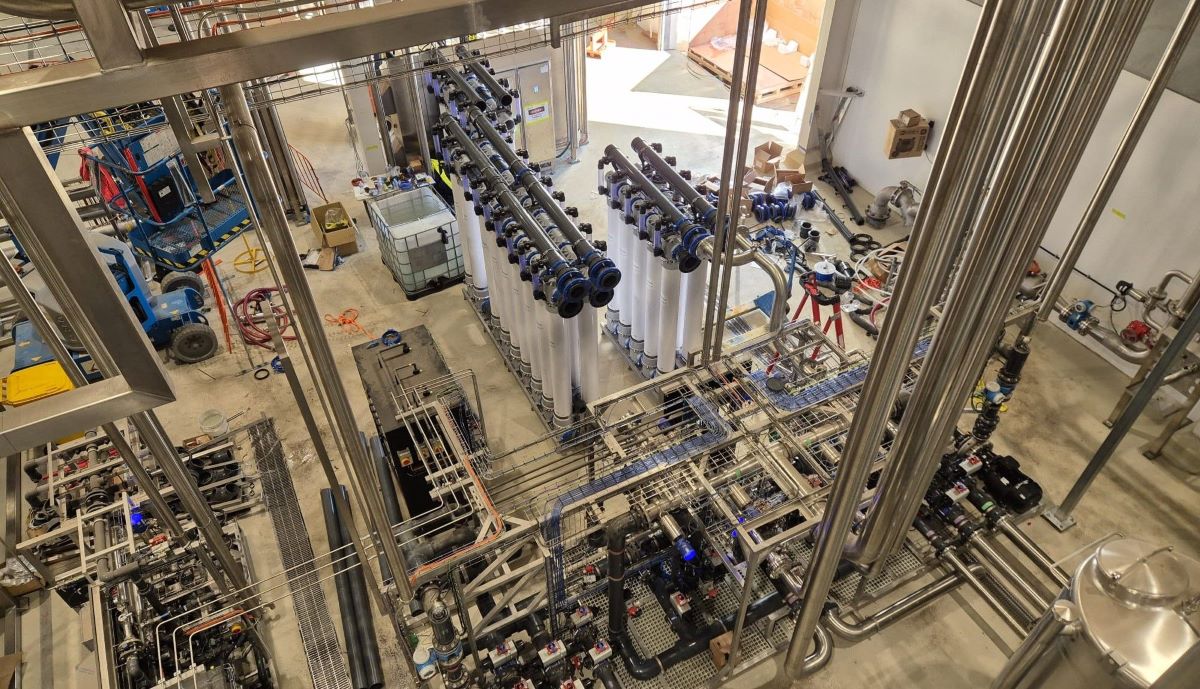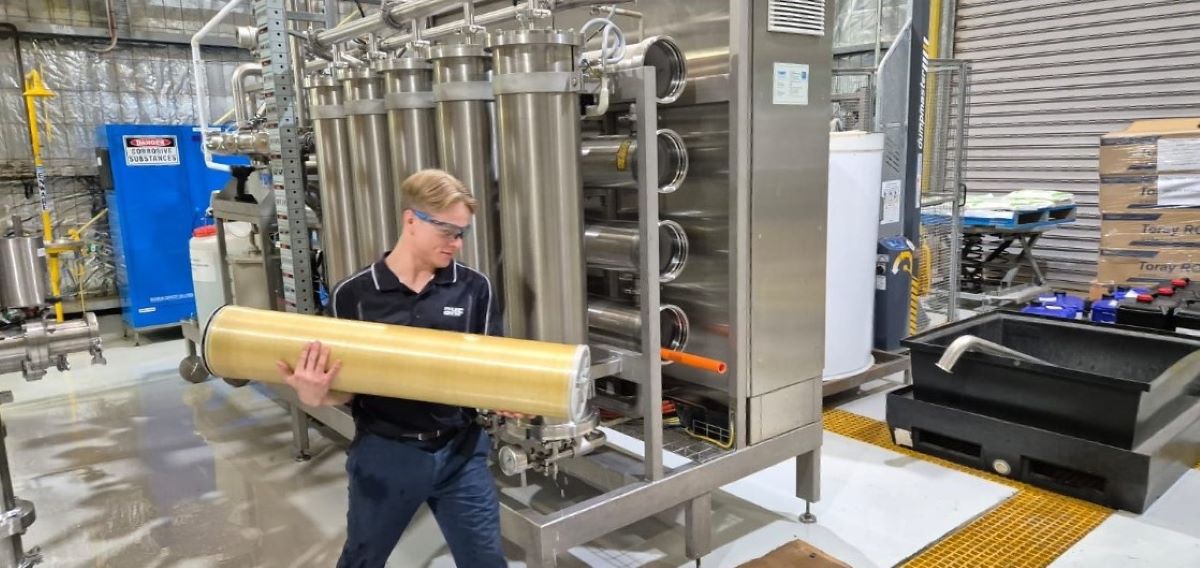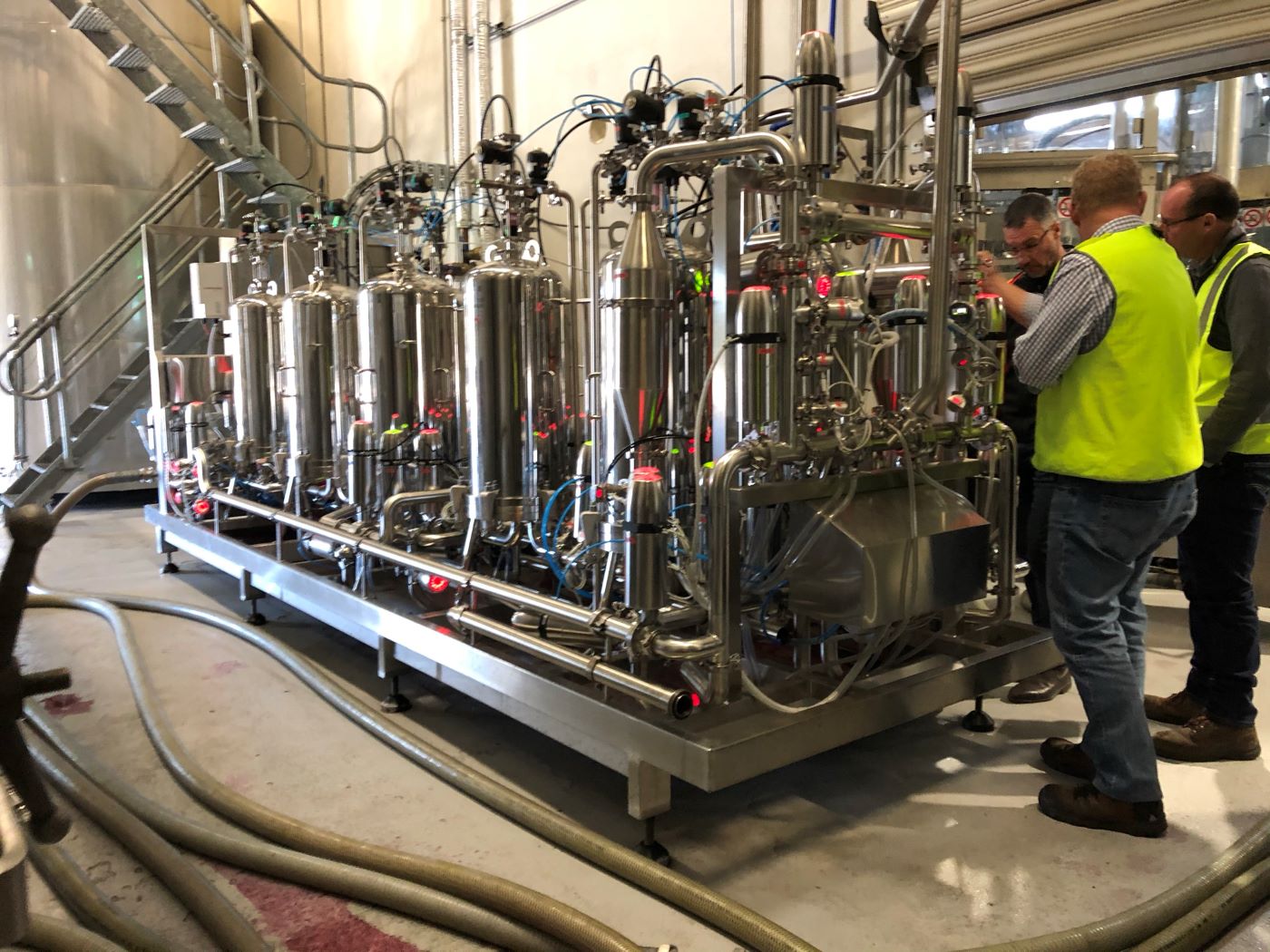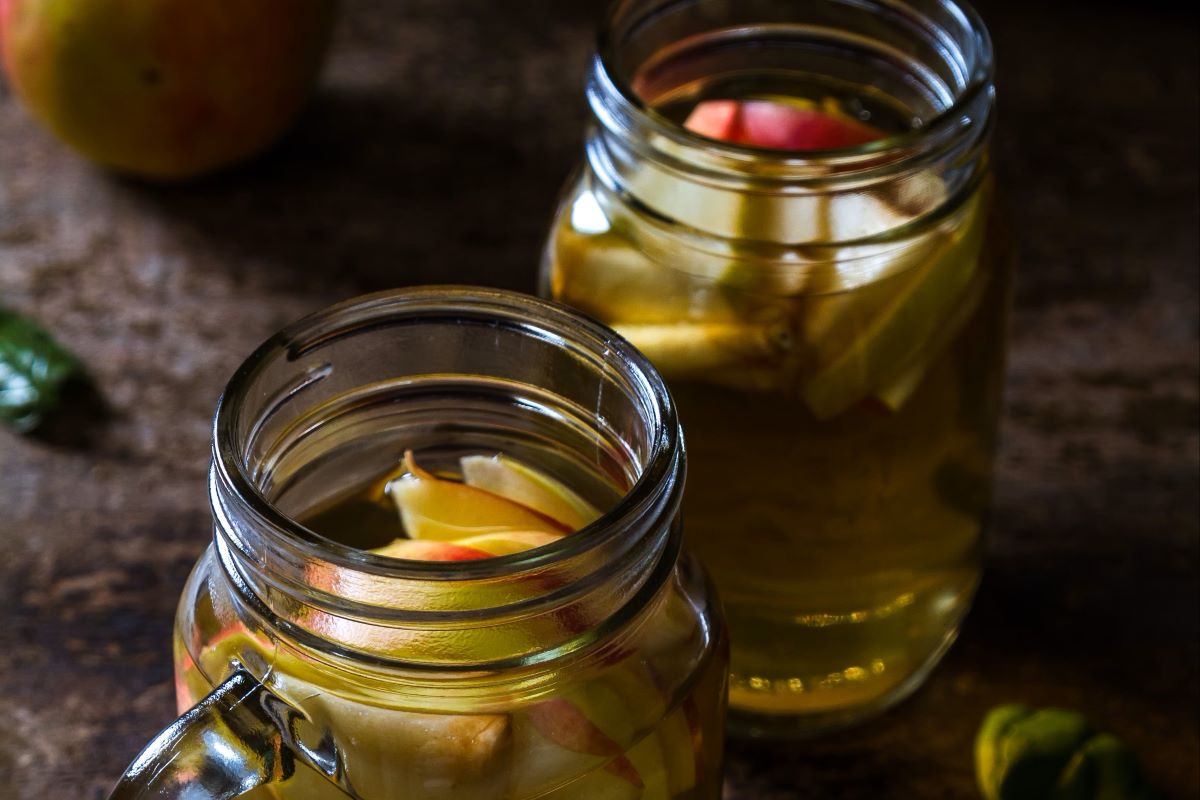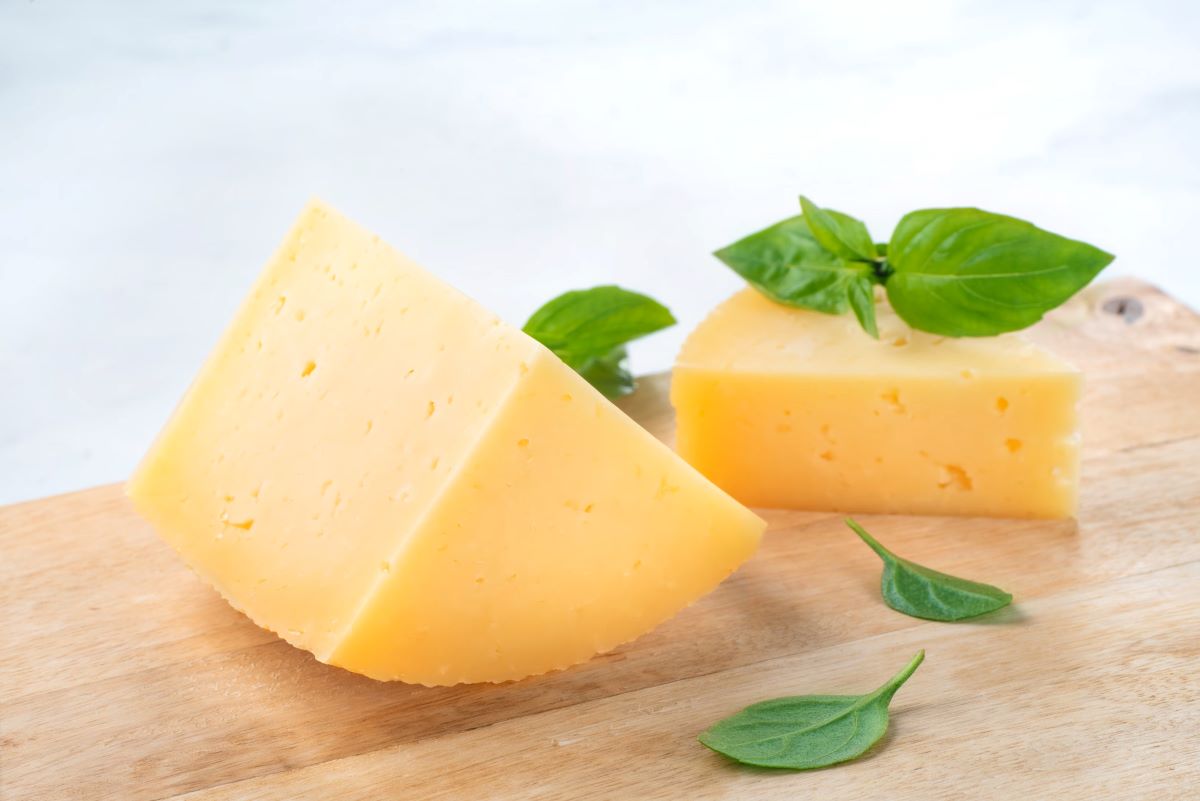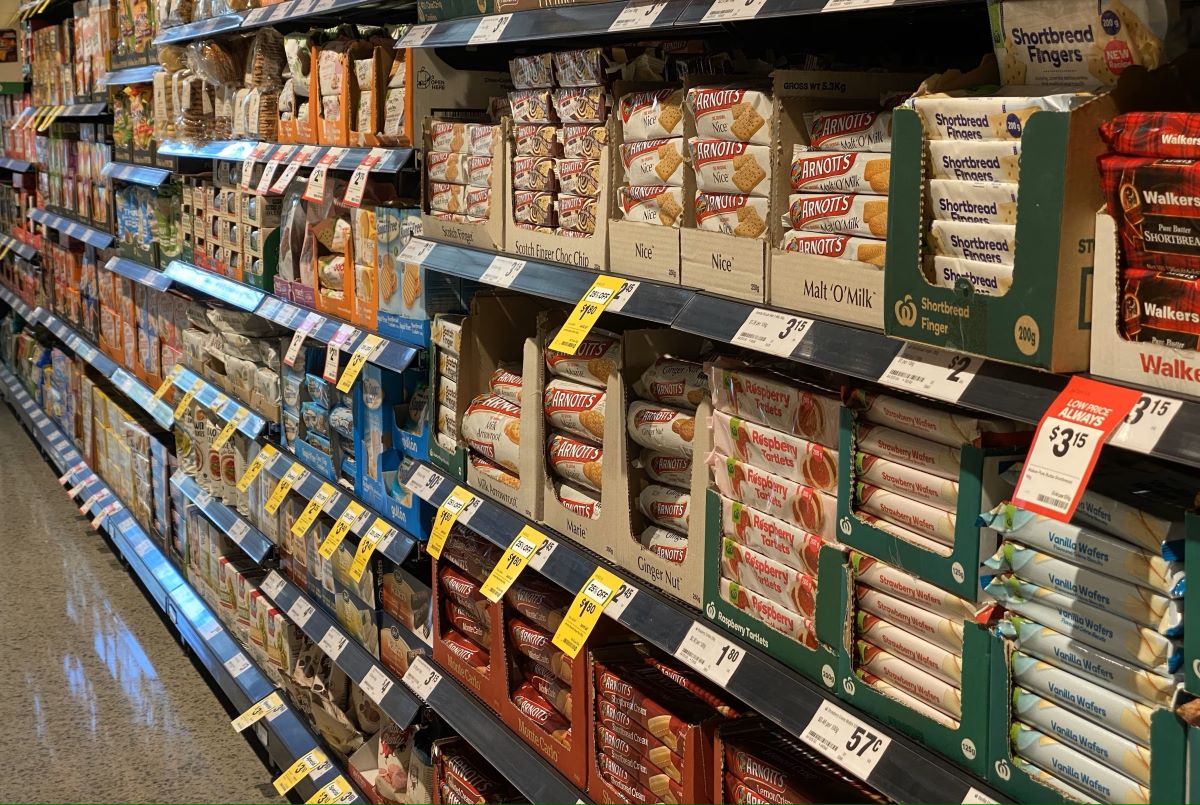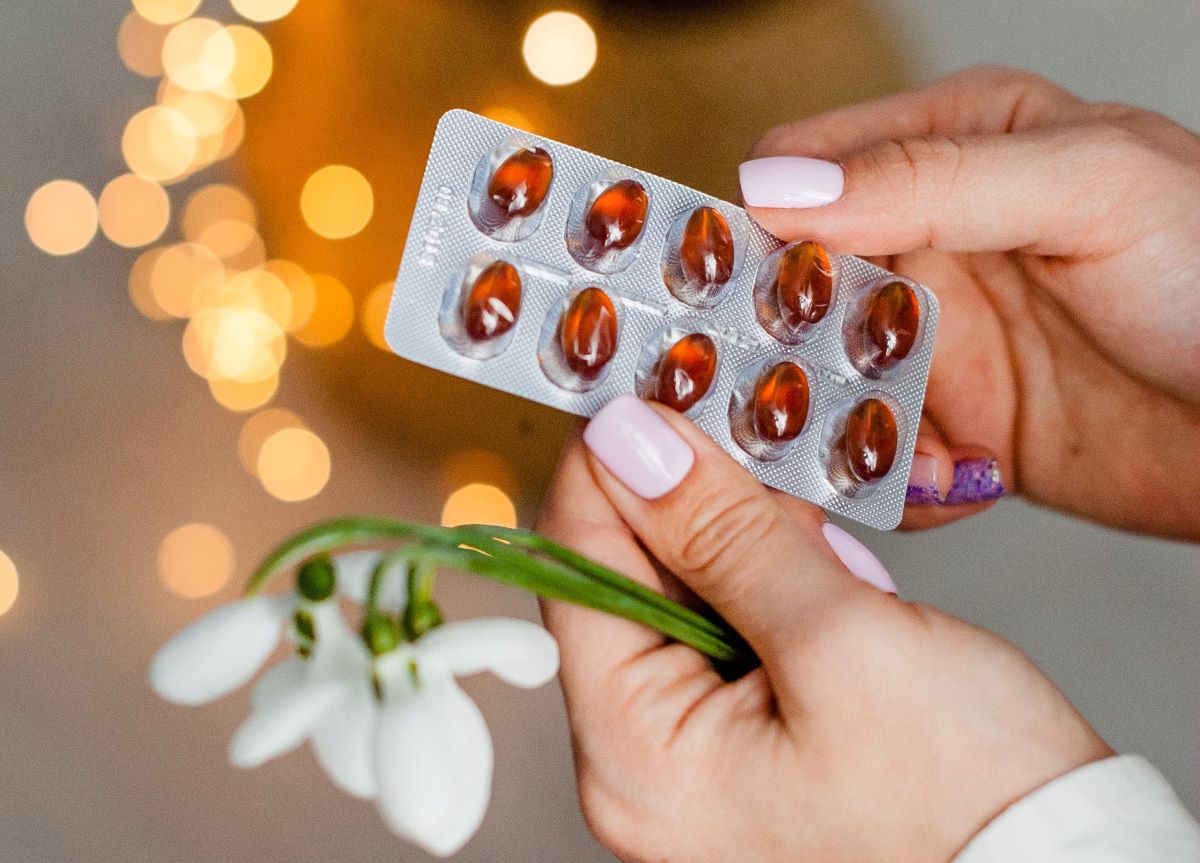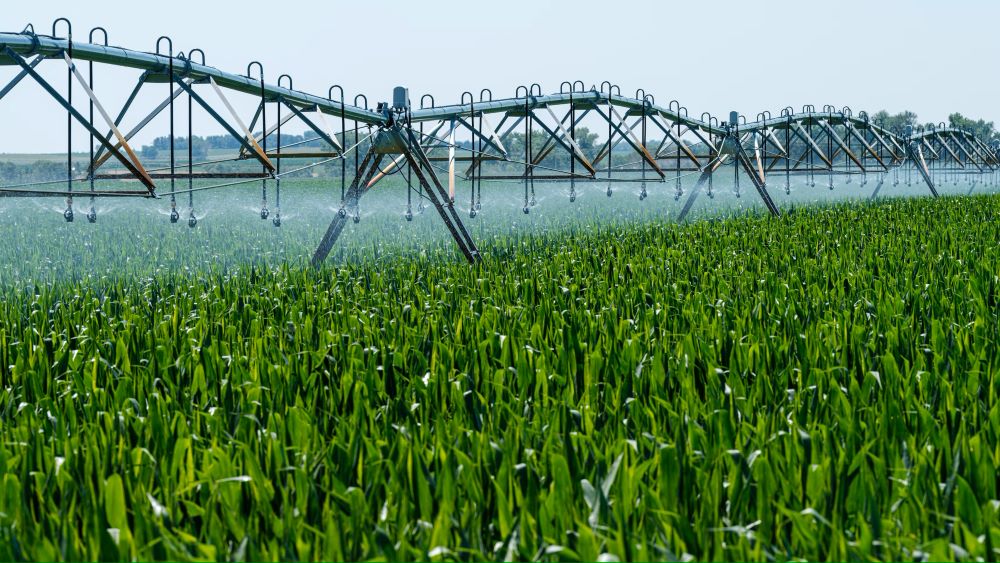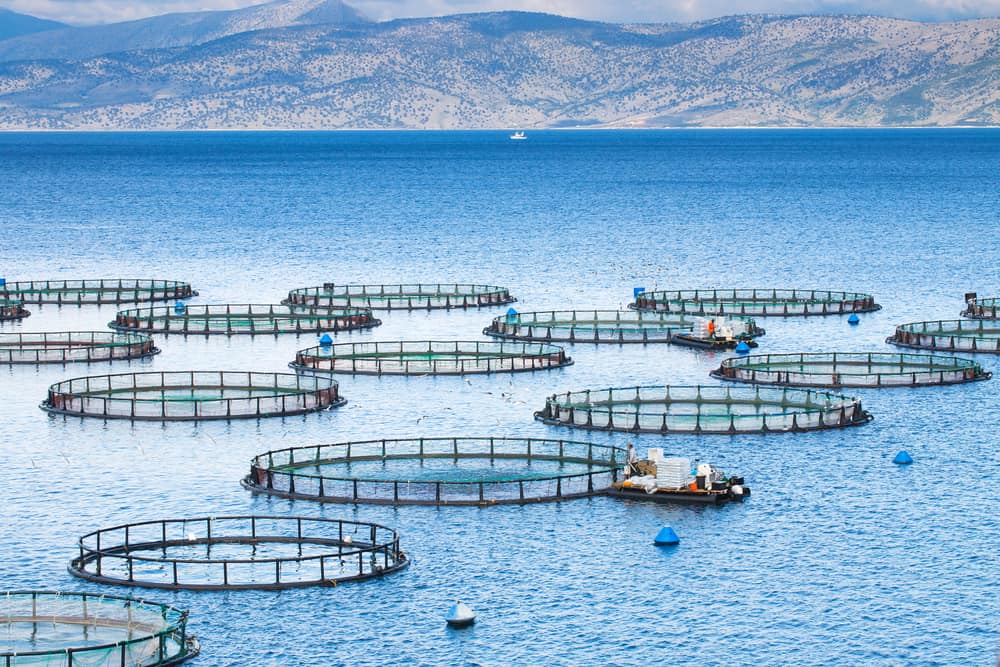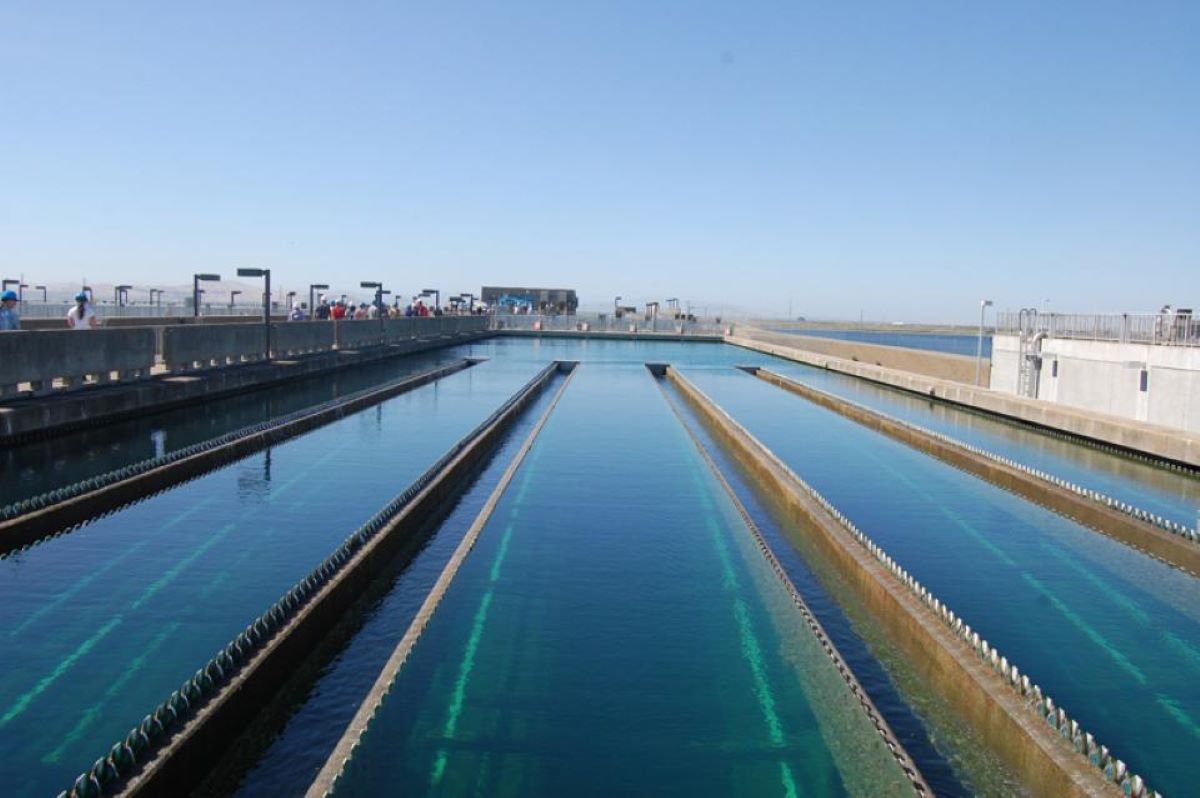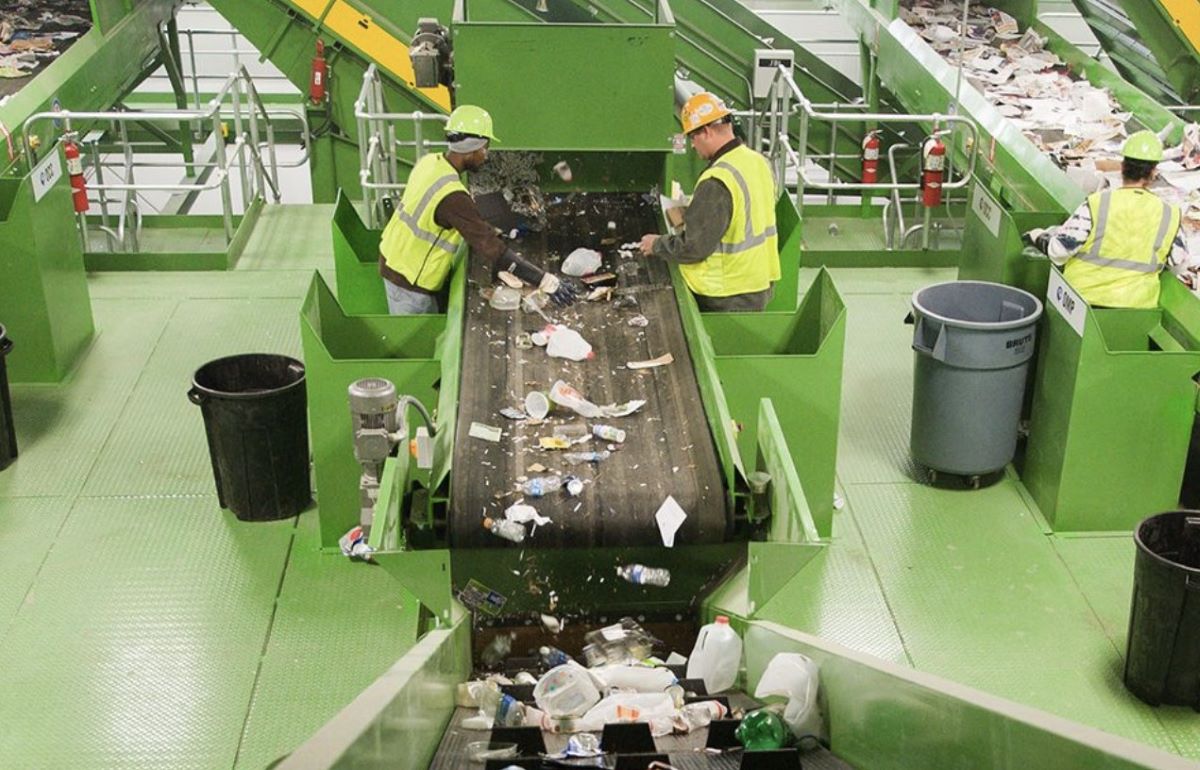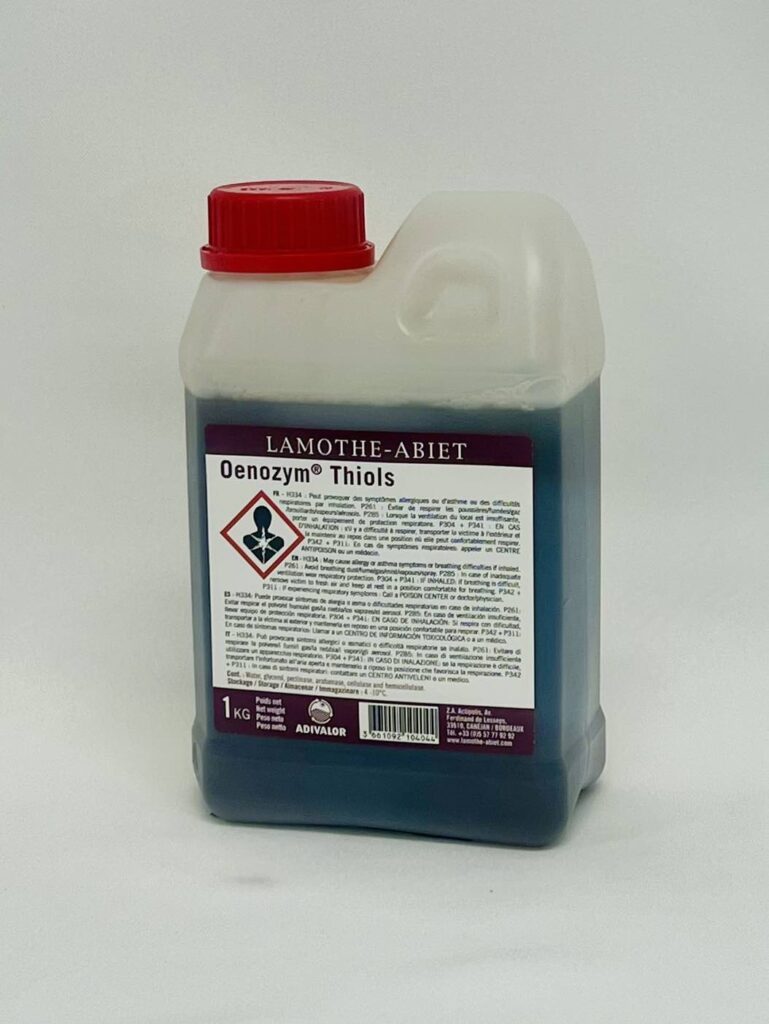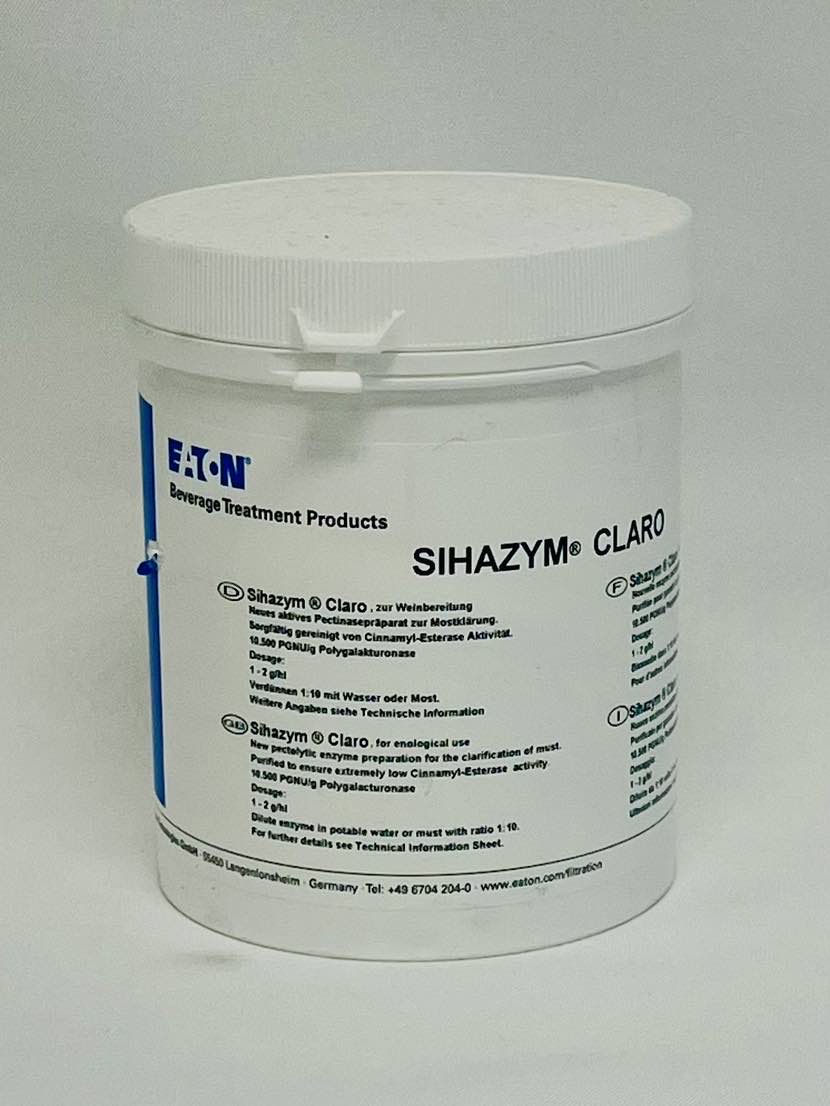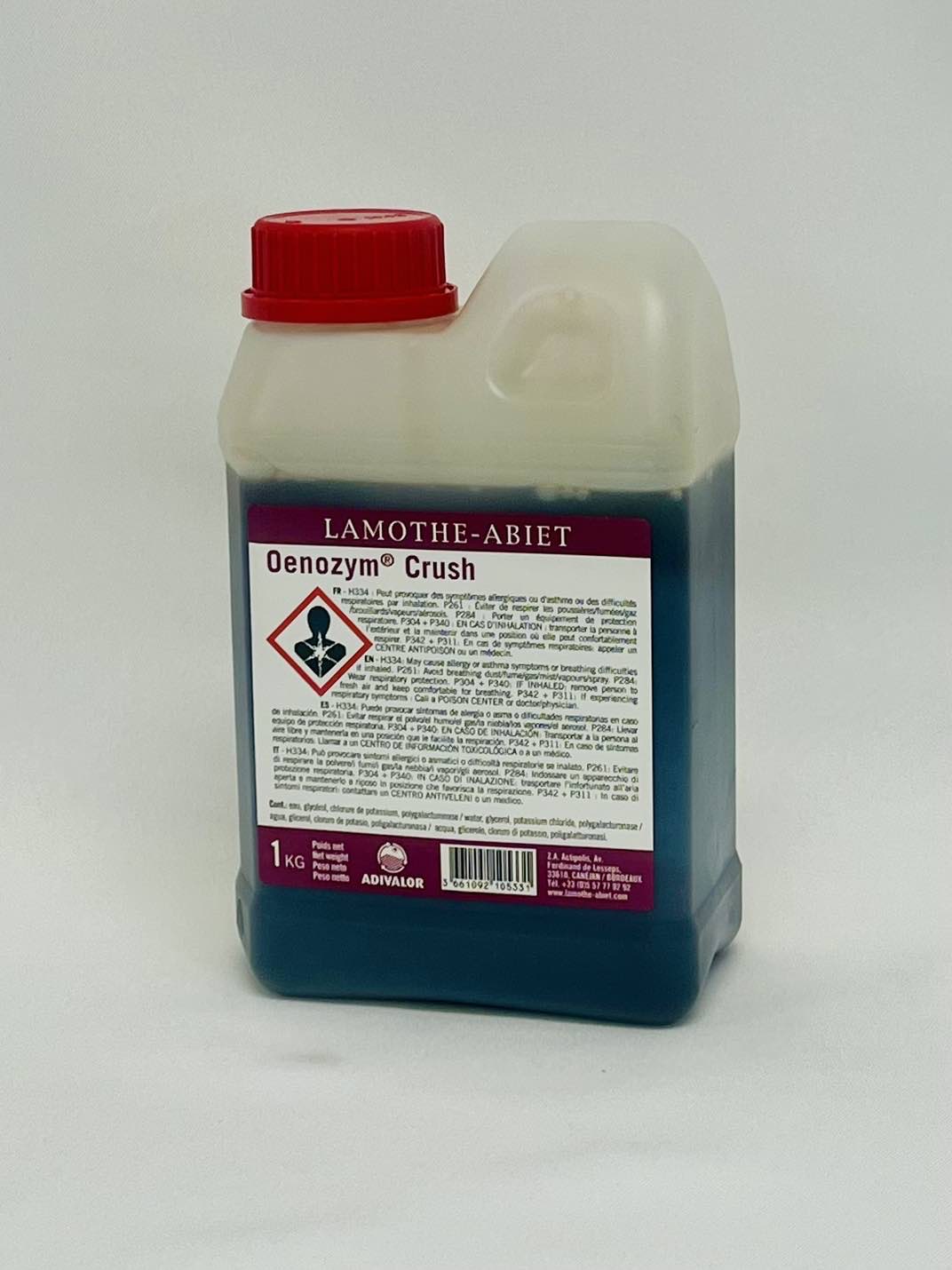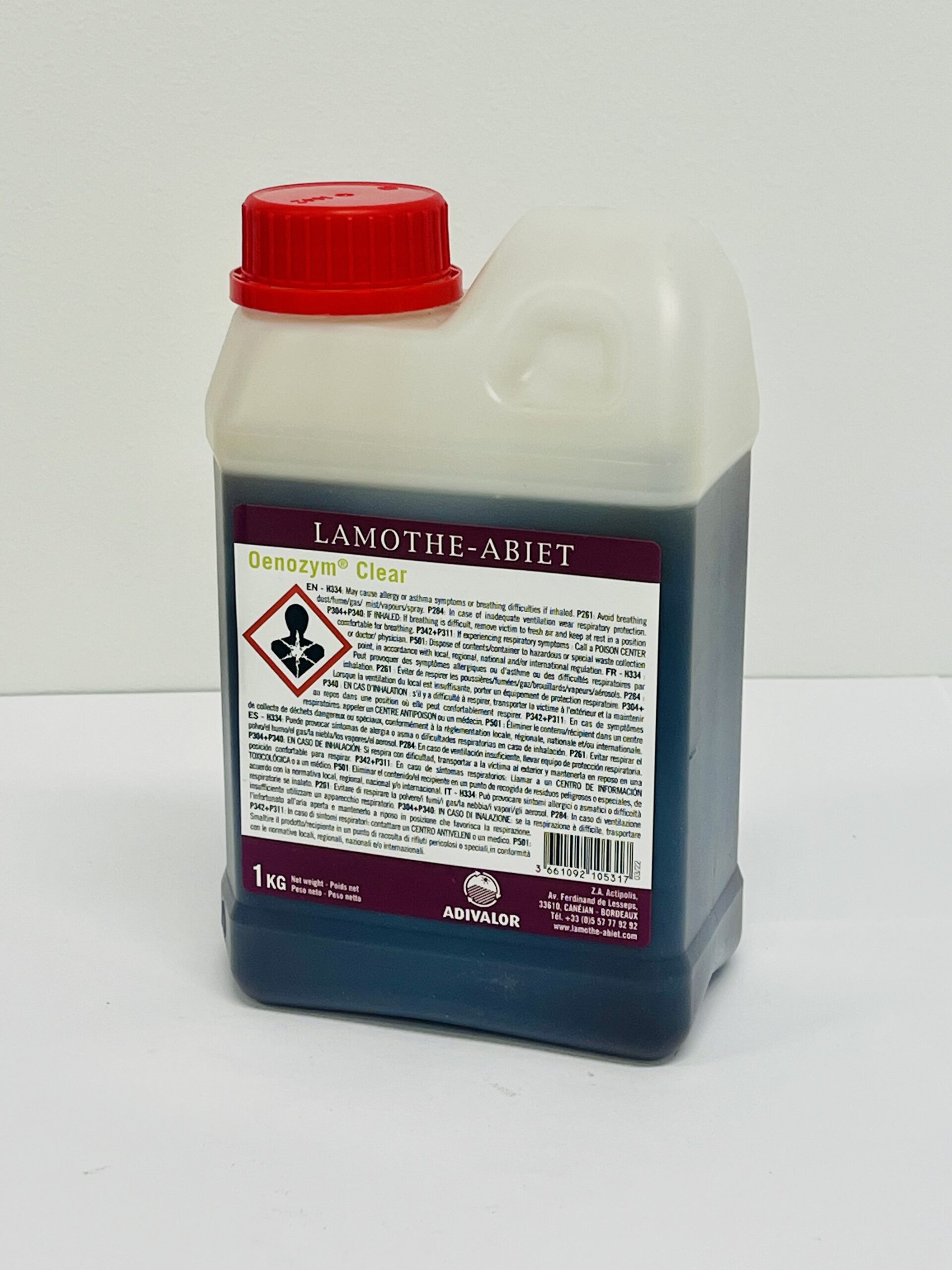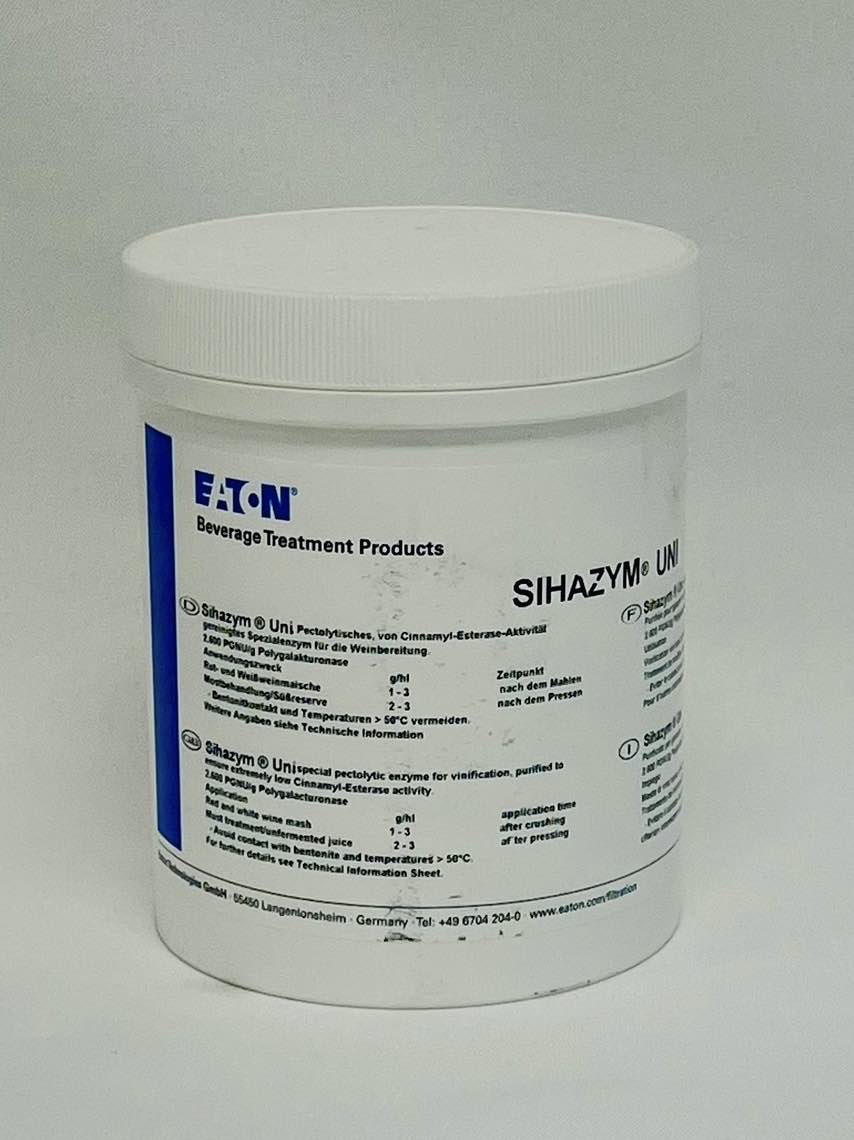Oenozym Thiols
Oenozym® Thiols is a new pectolytic enzyme preparation from Aspergillus niger, rich in secondary activities.
Technical Specifications
PHYSICAL
- Aspect & color: Brown liquid
- Insoluble matter: Null
- Density (g/mL): 1.15
LIMITES
- Lead: < 5 mg/kg
- Mercury: < 0.5 mg/kg
- Arsenic: < 3 mg/kg
- Cadmium: < 0.5 mg/kg
- Heavy metals: < 30 mg/kg
COMPOSITION
- Standardization activity: > 200 PLU/g
- Stabilizer: Glycérol
MICROBIOLOGICAL
- Toxins and mycotoxins: Not detected
- Total viable germs: < 5.104 UFC/g
- Coliforms: < 30 UFC/g
- E.coli / 25 g: Not detected
- Salmonella / 25 g: Not detected
Features and Benefits
- Formulation: Preparation of pectolytic enzymes from Aspergillus niger non-GMO, rich in secondary activities (arabanases, cellulases, hemicellulases) and purified in cinnamoyl-esterase.
- Enological benefits: Œnozym® Thiols, used during alcoholic fermentation, enhances the liberation of thiol aroma precursors such as 4MSP (boxwood) and 3SH (citrus fruit) and indirectly increases conversion by the yeast to A-3SH (tropical fruits).
- Added during maturation or a few weeks before bottling, Œnozym® Thiols helps to free thiol precursors (4MSP and 3SH) already present in the wine, which are non-oxidizable compounds when in precursor state linked to cysteine or glutathione.
- While conversion to A3SH by the yeast is impossible in this case, Œnozym® Thiols aids in liberating thiol precursors to thiols, thereby increasing the percentage of conversion.
- Depending on the timing of its use, there is a possibility to modulate the final aromatic profile of the wines.
- Œnozym® Thiols helps to increase the thiol aromatic intensity of a wine, extending the lifespan of the aromas. It can also be added just before bottling, reducing the risks of losses through oxidation.
Product Applications
Dilute the necessary amount in 10 times its volume of water, add it and homogenize the tank. Use a clean, inert container. Do not mix with bentonite and avoid direct contact with sulphurous solutions. Use the product within 6 to 8 hours following its preparation.
Dosage: 4 to 6 mL/hL during fermentation or aging.




